schneider skink
$70.00 Original price was: $70.00.$65.00Current price is: $65.00.
schneider skink
The schneider skink is a medium to large hardy species, they can live up to 20 years. They can be found in Egypt and reach an adult size of approx 400mm (16 inch).
| Origin | Africa and Asia |
|---|---|
| Environment | Semi-desert |
| Adult Size | 16Inches |
| Suitability | Beginner |
| Lifespan | 15 Year |
| Temperament | Docile and Friendly |
What do Berber Skinks look like?
Berber skinks are a medium sized lizard reaching around 16inches nose to tail tip. Berber skinks have a white underbelly and a beautiful olive brown coloured back with specks of orange running along their scales. They have a short snout, long tubular shaped body and small but sturdy limbs that allow them to move fast through sand and also burrow.
Where do schneider skink come from?
Berber skinks are native to north western Africa and Asia. They are commonly found in semi-desert areas on their own or living in pairs. The majority of Berber skinks in captivity are generally legally collected from the Egyptian regions. They are also commonly known as Schneider’s Skinks.
How do I keep Berber Skinks?
When housing a single Berber skink a 3ft vivarium will be adequate however the more space the better. These skinks are relatively active and will explore their enclosure especially when chasing food. If you are housing a breeding pair its best to have different areas for them to hide and escape each other if the male starts to harass the female. Our Bearded Dragon starter kit would be perfect Berber skinks.
The best way to heat the enclosure would be to use a basking light on a dimming thermostat to help with temperature control. This will also lighten up the enclosure. The thermostat will need to be set quite high as Berber skinks require a basking temperature of 35-40C (95-110F). The cool end should be around 26-27C (80F) with a night time drop of 21-24C (70-75F).
Humidity for this species should remain 40-60%. We tend to gently mist the enclosure in a morning just to help with humidity levels.
Making the enclosure as natural as possible allows them to express natural behaviours, so the best place to start is with substrate. We personally provide a deep base mix of desert sand and moss peat. This allows the skinks to move around the set up well and also gives them the opportunity to dig. For hides we tend to place cork bark tubes and flats around the enclosure as well as providing them with artificial caves on both the warm and cool sides of the vivarium. Cork branches, flexi sticks and vines make great climbing apparatus and also enrichment.
A medium or large water bowl should be placed in the middle or cool side of the enclosure, to prevent the water evaporating near the heat. Berber skinks will both drink from the bowl as well as sometimes sit in the water especially if they’re shedding so it’s best to change the water every couple of days or even on a daily basis.
Berber skinks are keen feeders and eat a variety of live insects as well as occasional pinkie mice. They will hunt and chase their food so scatter feeding is recommended. Dusting the insects with a calcium 3-4times a week will prove beneficial as well as using a vitamin supplement twice a week.
Be the first to review “schneider skink” Cancel reply
Related products
Uncategorized
Uncategorized
Uncategorized
Uncategorized
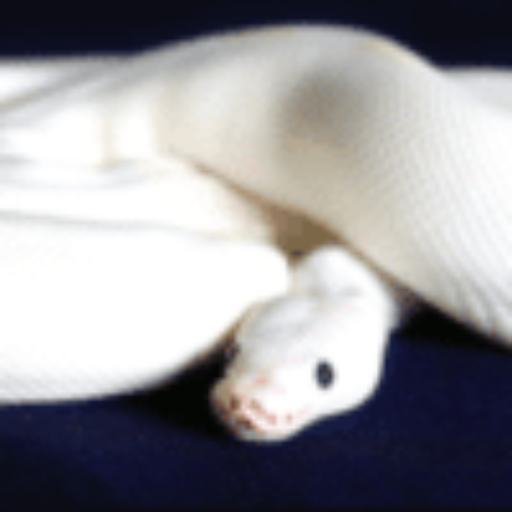
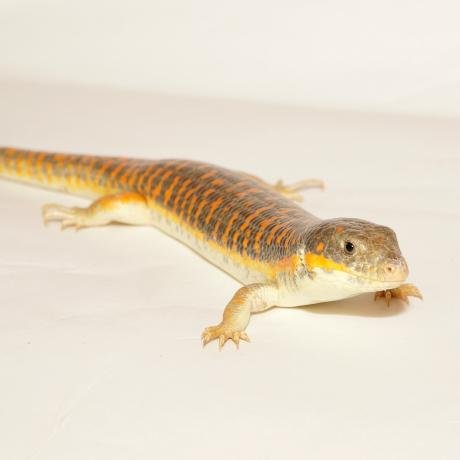


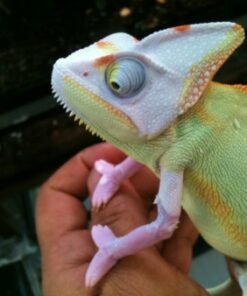
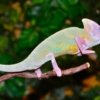
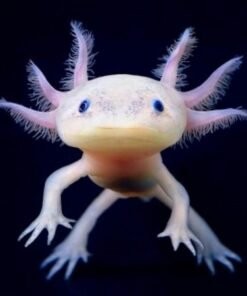
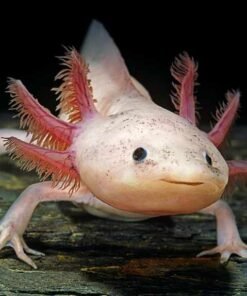

Reviews
There are no reviews yet.